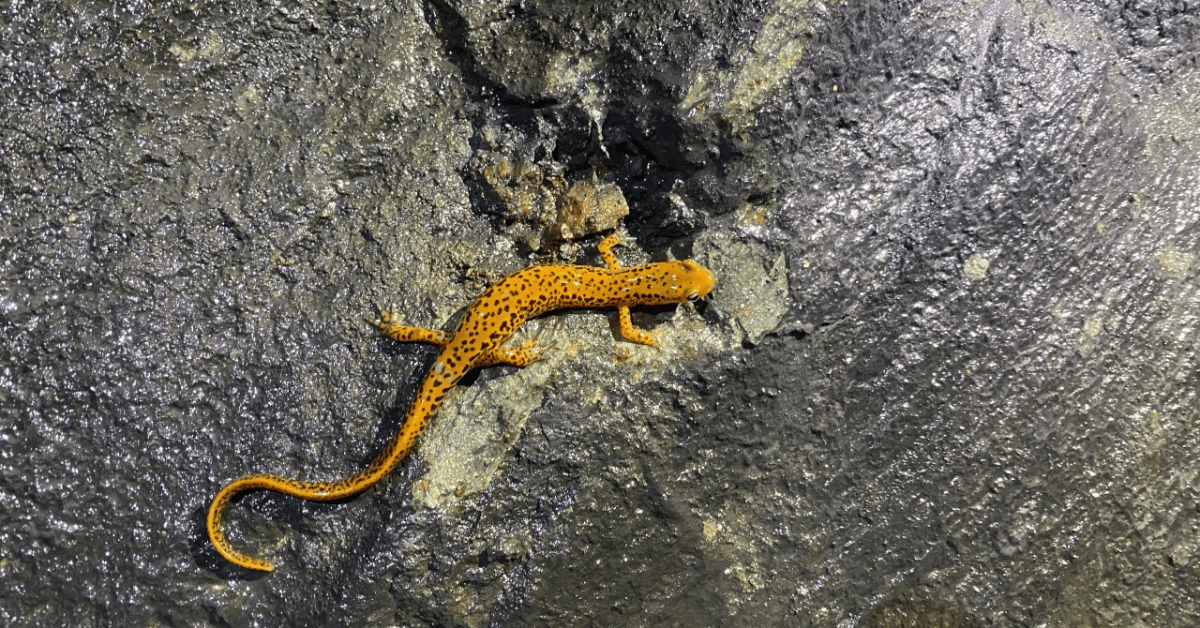
Ghost Stories: Virginia’s Rare Wildlife
Virginia wildlife is a thrilling sight before they hibernate in the coming winter months.
As October comes to its end, we’ve all got ghosts on the mind. Between dressing up for Halloween, seeking out scares at haunted houses, or braving one of the many new horror movies on the big screen, we are all certain to see at least one “ghost” before the month is up. But the Halloween festivities are not the only places to find ghosts of sorts—out in the wilderness, many animals are preparing for hibernation and the long winter disappearance, and for several their elusive nature makes them as slippery, and their sight as thrilling, as any ghost. Before winter takes over completely, however, taking a drive along one of the many scenic Virginia routes might just let you catch a glimpse of some of these rare creatures before they hide away.
Bobcat:
A small predator native to most areas of Virginia, but particularly elusive in nature, the bobcat is a rare but easily recognizable creature. This medium-sized hunter is the only wild cat native to Virginia, and can generally be spotted most easily in heavily forested or mountainous areas, where they are typically found in the greatest density. Keep a look out for its spotty, reddish-brown fur and long sideburns, as well as the short, “bobbed” tail that gives it its name.
Black Bear:
Perhaps the easiest of our list to recognize, and also the most frightening if spotted outside the safety of your car, the black bear of Virginia is relatively common but notoriously shy. Preferring areas with high cover and adequate food sources, black bears will typically hide away in forests, but they are often spotted wandering beyond this range in search of food. If you’re intent on seeing one, the best times of day to look are dawn and dusk when they are most active. But be warned—bears are fiercely protective of their own, and spotting more than one means you’ve probably stumbled across a family. Always use caution when traveling in bear country.
Salamander:
To see this tiny creature, you may have to abandon your car for some time. Salamanders, though they are hard to spot, play a vital role in the environment—the Appalachians boast the most biodiverse collection of salamanders in the world. Early fall is the ideal time to look for these little animals—they emerge more frequently from the deep recesses of caves and underground to breed as the weather gets colder, and the woods get emptier. For a chance to see some in the darkness of their natural habitat, a good spot to check out is the Blue Ridge Tunnel. A historical train tunnel-turned hiking path that cuts through Rockfish Gap out in Nelson County, the Blue Ridge Tunnel’s naturally occurring limestone and cold, damp climate provides the perfect hiding spot for salamanders.
Eastern Screech Owl:
This creature is, somewhat alarmingly, always in the Halloween spirit—the call of the screech owl sounds remarkably like a woman screaming, and can be very jarring without context. But if you’re prepared for a bit of a scare, the screech owl can be relatively easy to locate by sound. These birds are well-adapted to human habitats and can often be found in suburban areas as well as out in the forest. They are nocturnal hunters, but are active throughout the day as well—look for their rusty feathers and distinctive ear tufts as they perch in trees or shrubs.